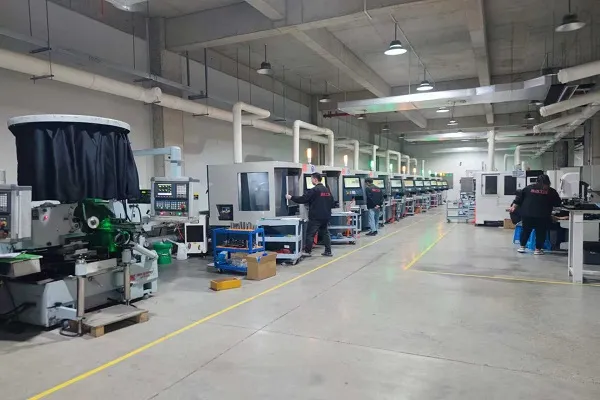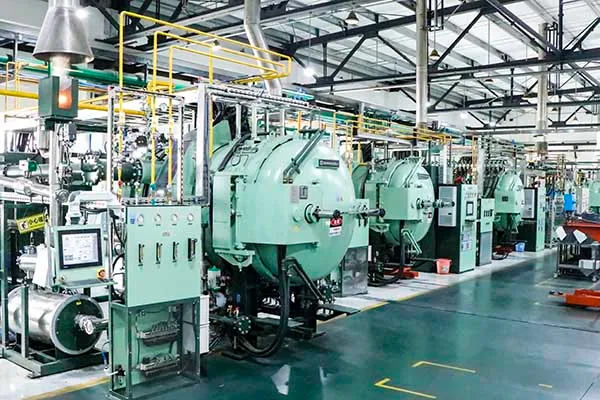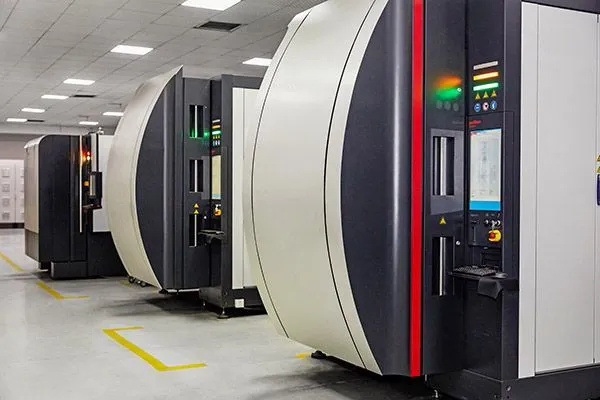

TNMA eki
TNMA kesici uç açısı: 60°Üçgen karbür kesici uç; 0° Negatif Tırmık Uç ve çift taraflı talaş kırıcı yok
Kırıcı Uygulaması: dökme demir işleme;
TCMA insert yazılı daire (IC) 9.525mm/12.7mm, kalınlık 4.76mm ve köşe (burun) yarıçapı 0.4mm/0.8mm/1.2mm/1.6mm;
Eşleşen TNMA uçlu Takım Tutucu: PTFNR/L,PTTNR/L,PTGNR/L,MTGNR/L,MTJNR/L,MTFNR/L;
TNMA Insert, farklı kaliteleri birleştirerek birden fazla işlemin üstesinden gelebilir;
Malzeme: Tungsten Karbür;
Ürün Tanıtımı
TNMA kesici uç, sert malzeme işleme için özel olarak tasarlanmış, özellikle dökme demir işlemede kullanılan, iyi üçgen stabilitesine sahip, talaş kırıcısız üçgen 60 ° açılıdır, negatif tip kesici uç, ekonomik ve verimli 6 kesme kenarını etkili bir şekilde kullanabilir.
TNMA uç Spesifikasyonu
TNMA Ataması
- T: Üçgen şeklinde.
- N: Negatif eğim açısı (daha güçlü kesme kenarı sağlar).
- M: Tolerans sınıfı (yazılı dairenin ve kalınlığın hassasiyetini gösterir). Tipik olarak +/- 0,13 mm.
- A: Silindirik delikli, talaş kırıcısız.
Ortak TNMA Boyutları
TCMT eklerine benzer şekilde, TNMA ekleri boyutu belirtmek için sayılar kullanır:
TNMA 33X:
- Yazılı Daire (IC): 0.375″ (3/8″)
- Kalınlık: 0,125″ (1/8″)
- X, bir inçin on altıda biri cinsinden burun yarıçapını temsil eder (örneğin, 1 = 1/32″)
TNMA 43X:
- Yazılı Daire (IC): 0.5″ (1/2″)
- Kalınlık: 0,188″ (3/16″)
- X burun yarıçapını temsil eder
TNMA kesici uç tutucu





MTJNR/L

TNMA Karbür Uç Ölçüleri (ISO ve ANSI)
| ISO TİPİ | ANSI TİPİ | LE | IC | S | DI | RE |
|---|---|---|---|---|---|---|
| TNMA160404 | TNMA 331 | 16.5 | 9.525 | 4.76 | 3.81 | 0.4 |
| TNMA160408 | TNMG332 | 16.5 | 9.525 | 4.76 | 3.81 | 0.8 |
| TNMA160412 | TNMG 333 | 16.5 | 9.525 | 4.76 | 3.81 | 1.2 |
| TNMA220408 | TNMG432 | 22 | 12.7 | 4.76 | 5.16 | 0.8 |
| TNMA220412 | TNMG433 | 22 | 12.7 | 4.76 | 5.16 | 1.2 |
| TNMA220416 | TNMG434 | 22 | 12.7 | 4.76 | 5.16 | 1.6 |
Örnek: TNMA 432
- T: Üçgen
- N: Negatif eğim açısı
- M: Tolerans sınıfı
- A: 60° dahil açı
- 4: Üzerinde 0,5″ (1/2″) yazılı daire
- 3: 0,188″ (3/16″) kalınlık
- 2: Burun yarıçapı 0,0625″ (1/16″) - genel amaçlı işler için iyi
Karbür Uçların Arkasındaki Bilim: Nasıl Yapıldıkları ve Neden Bu Kadar Güçlü Oldukları
Karbür kesici uçlar, mevcut en çok yönlü ve dayanıklı kesme aletlerinden bazılarıdır. Peki ama nasıl üretiliyorlar? Ve onları bu kadar güçlü yapan nedir? Bu videoda, tungsten karbürün özelliklerinden üretim sürecine kadar karbür kesici uçların arkasındaki bilimi keşfedeceğiz.
Üretim Kapasitemiz










